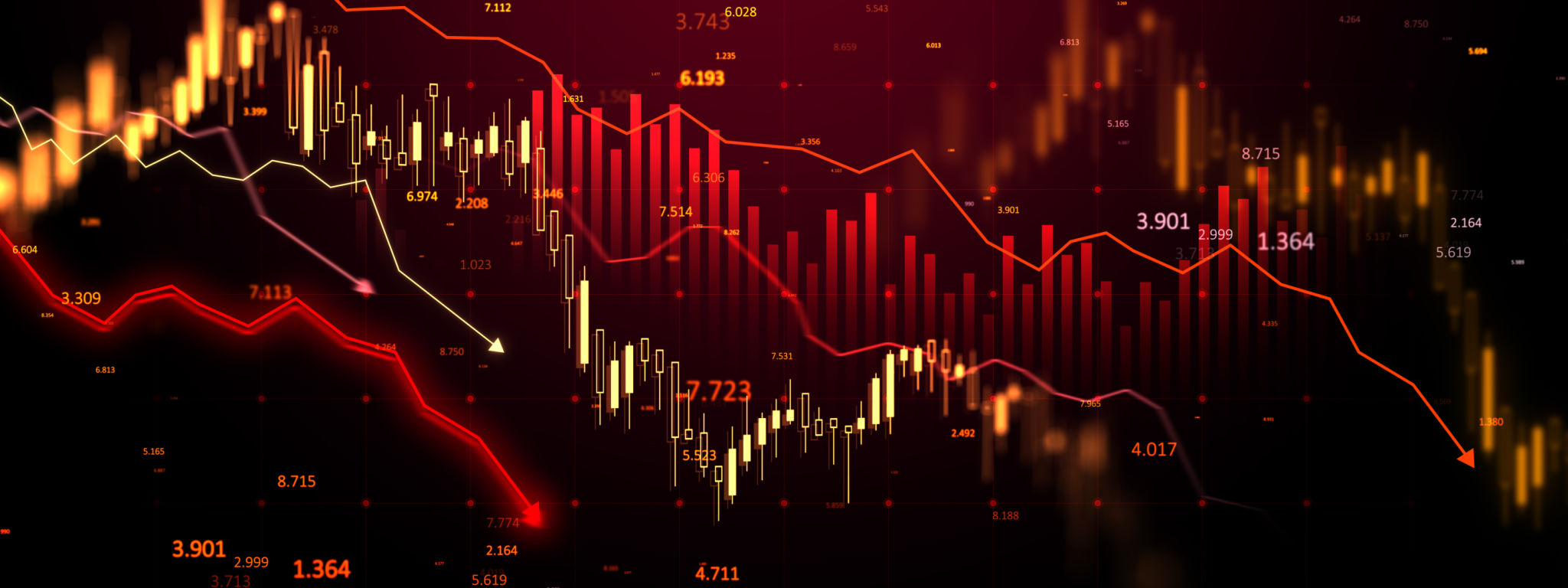How to Evaluate Oil and Gas Stocks in a Volatile Market
Understanding Market Volatility
In the world of investments, the oil and gas sector has always been a point of intrigue, mainly due to its potential for high returns. However, the market's volatility can make investing in these stocks a daunting task. Understanding market volatility is crucial for making informed decisions. Volatility refers to the rate at which the price of a security increases or decreases for a given set of returns.

One of the primary causes of volatility in the oil and gas sector is geopolitical tensions. Conflicts in oil-producing regions can lead to supply disruptions, impacting prices significantly. Additionally, changes in government policies regarding energy production and environmental protection can also influence market stability.
Key Financial Metrics to Consider
When evaluating oil and gas stocks, it's essential to analyze key financial metrics that reflect a company's health and performance. Some of these metrics include:
- Price-to-Earnings (P/E) Ratio: This ratio helps investors determine the relative value of a company's shares by comparing its current share price to its per-share earnings.
- Debt-to-Equity Ratio: This metric provides insight into how much debt a company is using to finance its assets relative to the value of shareholders' equity.
- Return on Equity (ROE): ROE measures a corporation's profitability by revealing how much profit a company generates with the money shareholders have invested.
By examining these metrics, investors can gain a better understanding of a company's financial stability and growth potential.
Assessing Company Fundamentals
Beyond financial metrics, evaluating the fundamentals of an oil and gas company is vital. This includes examining the company's management team, operational efficiency, and asset quality. A strong management team with a proven track record can significantly influence a company's success.

Operational efficiency reflects how well a company uses its resources to produce outputs. Companies with high operational efficiency tend to have lower production costs, which can lead to higher profit margins. Asset quality, on the other hand, involves assessing the reserves and production capabilities of the company.
Industry Trends and Economic Indicators
Staying updated with industry trends and economic indicators can provide valuable insights into the future performance of oil and gas stocks. Key trends include shifts towards renewable energy sources, technological advancements in extraction methods, and changes in consumer demand patterns.

Economic indicators such as crude oil prices, currency exchange rates, and inflation rates also play a significant role in determining stock performance. Understanding these factors can help investors anticipate market movements and make strategic investment decisions.
Diversification as a Risk Management Strategy
Diversification is one of the most effective strategies for managing risk in a volatile market. By investing in a mix of stocks from different sectors or regions, investors can mitigate the impact of adverse market movements on their portfolios.
For instance, combining oil and gas stocks with renewable energy investments can provide a balanced approach that captures growth from both traditional and emerging energy sectors. This strategy not only reduces risk but also enhances potential returns.
Conclusion: Making Informed Decisions
Evaluating oil and gas stocks in a volatile market requires a comprehensive approach that considers financial metrics, company fundamentals, industry trends, and economic indicators. By staying informed and employing sound investment strategies like diversification, investors can navigate market fluctuations more effectively.
Ultimately, making informed decisions involves continuous learning and adapting to changing market conditions. With careful analysis and strategic planning, investors can capitalize on opportunities within the oil and gas sector while minimizing risks.
